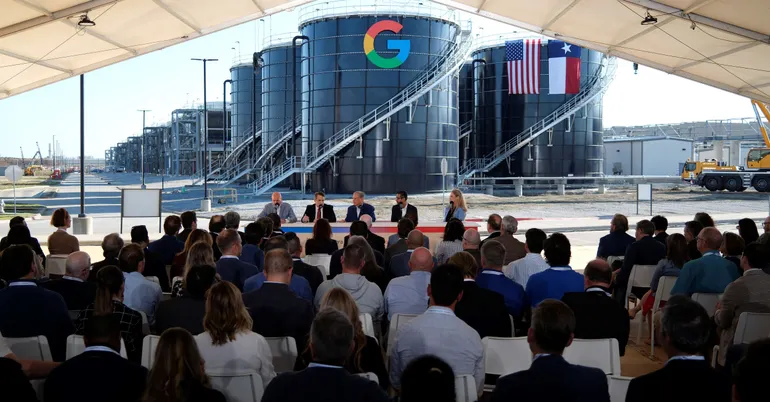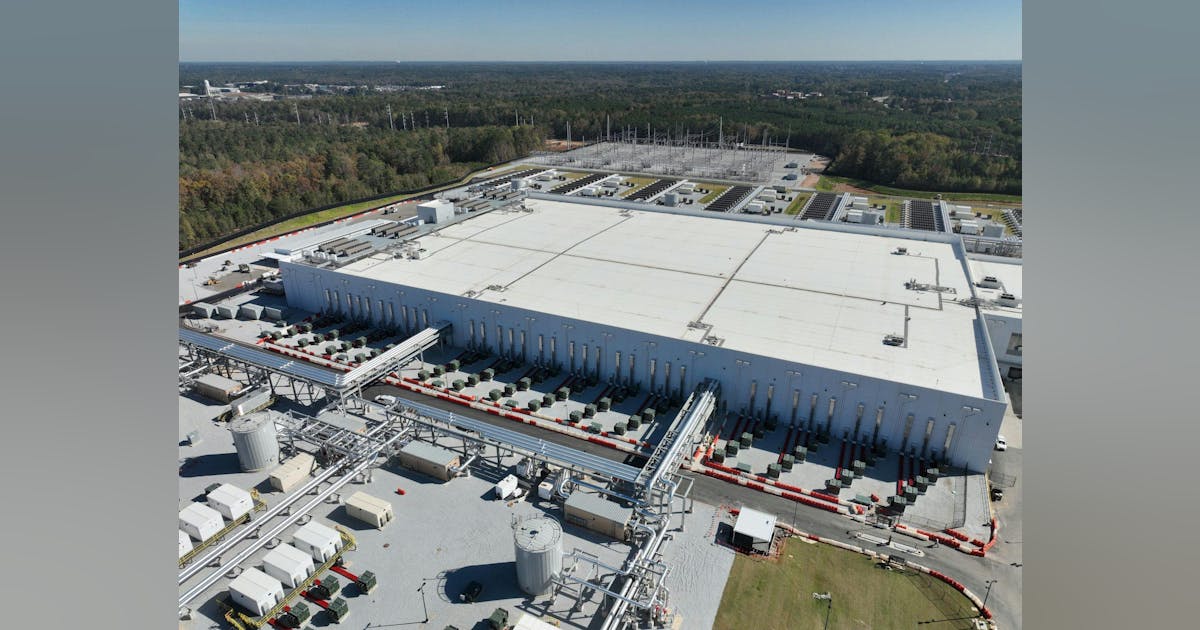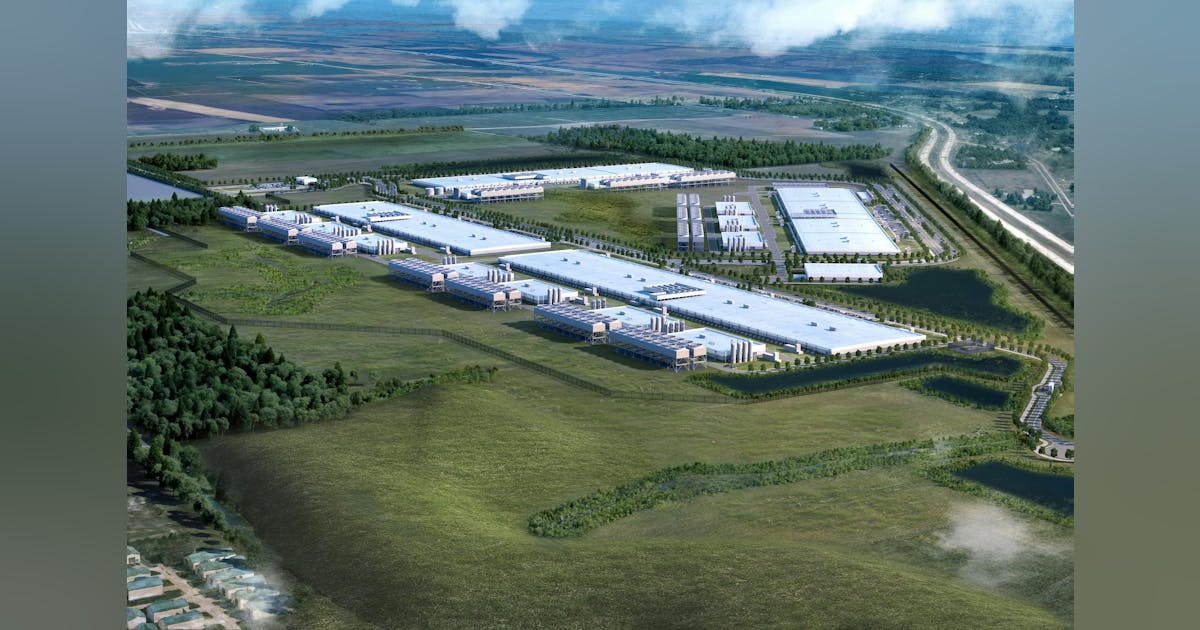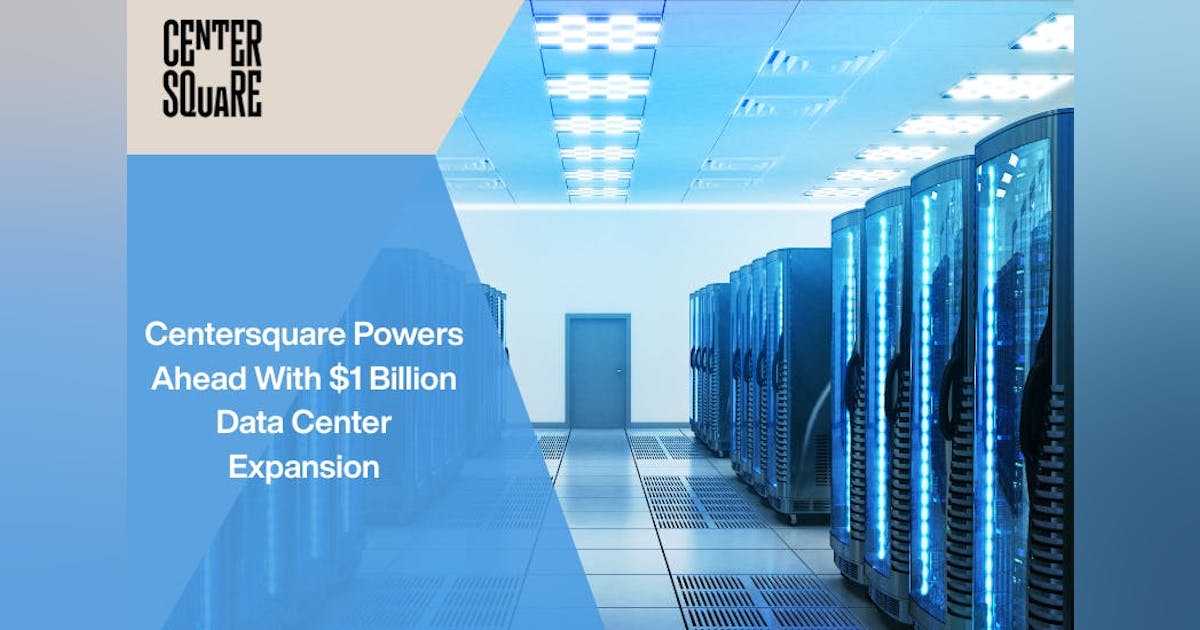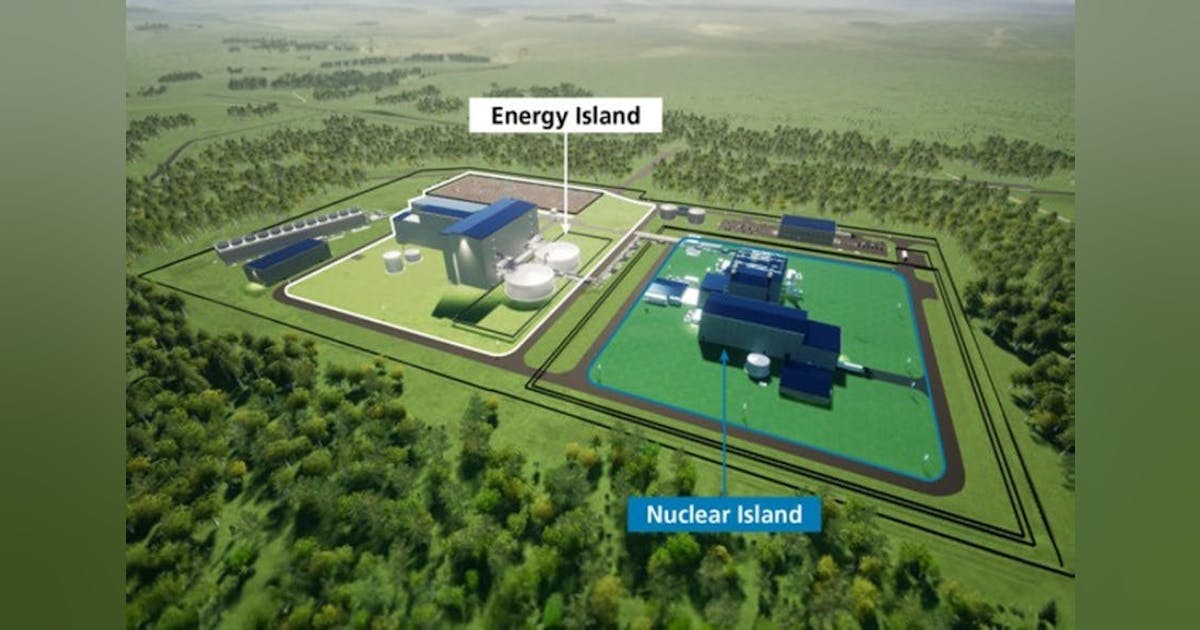
In a coordinated leadership transition this fall, Ryan Mallory has stepped into the role of CEO at Flexential, succeeding Chris Downie. The move, described as thoughtful and planned, signals not a shift in direction, but a reinforcement of the company’s core strategy, with a sharpened focus on the unprecedented opportunities presented by the artificial intelligence revolution.
In an exclusive interview on the Data Center Frontier Show Podcast, Mallory outlined a confident vision for Flexential, positioning the company at the critical intersection of enterprise IT and next-generation AI infrastructure.
“Flexential will continue to focus on being an industry and market leader in wholesale, multi-tenant, and interconnection capabilities,” Mallory stated, affirming the company’s foundational strengths. His central thesis is that the AI infrastructure boom is not a monolithic wave, but a multi-stage evolution where Flexential’s model is uniquely suited for the emerging “inference edge.”
The AI Build Cycle: A Three-Act Play
Mallory frames the AI infrastructure market as a three-stage process, each lasting roughly four years. We are currently at the tail end of Stage 1, which began with the ChatGPT explosion three years ago. This phase, characterized by a frantic rush for capacity, has led to elongated lead times for critical infrastructure like generators, switchgear, and GPUs. The capacity from this initial build-out is expected to come online between late 2025 and late 2026.
Stage 2, beginning around 2026 and stretching to 2030, will see the next wave of builds, with significant capacity hitting the market in 2028-2029. “This stage will reveal the viability of AI and actual consumption models,” Mallory notes, adding that air-cooled infrastructure will still dominate during this period.
Stage 3, looking ahead to the early 2030s, will focus on long-term scale, mirroring the evolution of the public cloud. For Mallory, the enduring nature of this build cycle—contrasted with the short dot-com bubble—proves this is a fundamental technological shift.
The Enterprise “Killer App”: Agentic AI
Where does Flexential fit in? Mallory sees the most immediate and sustainable opportunity not in training massive foundational models, but in enterprise adoption at the “inference edge.” This is where the CPU world of traditional enterprise meets the GPU world of AI.
The catalyst is what he calls the “killer app” for businesses: Agentic AI.
“Agentic AI involves tying applications together with an overlay of API uplinks for orchestration across internal databases into a learning model agent,” Mallory explains. This allows companies to create AI agents that can automate complex, multi-step workflows using their proprietary data. He points to recent developments, like OpenAI’s ability to build a functional agent in minutes, as a sign of how rapidly this capability is becoming accessible.
Flexential’s strong interconnection platform is the key differentiator here, enabling companies to seamlessly integrate these capabilities. Internally, Flexential is already using AI to enhance its own operations, from tracking deal flow and mitigating churn to modeling utility consumption and booking travel—focusing on augmenting human roles with efficiency, not eliminating them.
A Pragmatic Power Strategy
In an industry grappling with power constraints, Flexential’s approach is notably modular and community-friendly. While others pursue gigawatt-scale campuses, Flexential builds in manageable, predictable chunks of 36 to 72 megawatts.
“Power availability is a core daily and weekly discussion point,” Mallory acknowledges. However, the company’s 20-year history of modeling customer consumption for high-performance compute and enterprise sectors gives it a leg up in forecasting needs accurately.
Crucially, this strategy is well-received by power companies and communities. “We generally utilize existing transmission and distribution infrastructure,” Mallory said. “And we are willing to pay for our portion of infrastructure upgrades, avoiding passing those fees to communities.” This conscientious approach, he believes, is vital for addressing the data center industry’s growing public relations challenges.
The Product Roadmap: From Gen 5 to the Future
To support the demanding mix of AI and enterprise workloads, Flexential is continuously evolving its physical platform. Its current Generation 5 data centers support up to 50 kilowatts per rack with air cooling, while also incorporating liquid-cooled capabilities for high-density deployments like the GB200/300.
This mixed-use model allows for varying rack densities within the same environment, accommodating adjacent storage and networking gear. The already-in-development Generation 6 design aims to increase watts per square foot and provide broader flexibility for liquid cooling, all while maintaining the CPU components that remain the cornerstone of the enterprise business.
The Bold Bet: Bending the Physics Curve
Looking two to three years out, Mallory’s most exciting “bold bets” venture into the realm of deep tech and physics. He identifies the next great challenge as “bending the physics curve.”
“We’re exploring alternate ways to generate energy and alleviating physics-based limitations on latency and travel,” he revealed. This includes investigating geospatial transmission and capturing radiant energy to propagate clean power to data centers in space or other strategic locations.
“As terrestrial limitations become more apparent,” Mallory predicts, “the industry will inevitably shift to a geospatial focus.” It’s a visionary outlook from a leader firmly grounded in the pragmatic execution required to power the next decade of digital transformation. Under Ryan Mallory, Flexential is charting a course to meet that future, one megawatt and one AI agent at a time.






